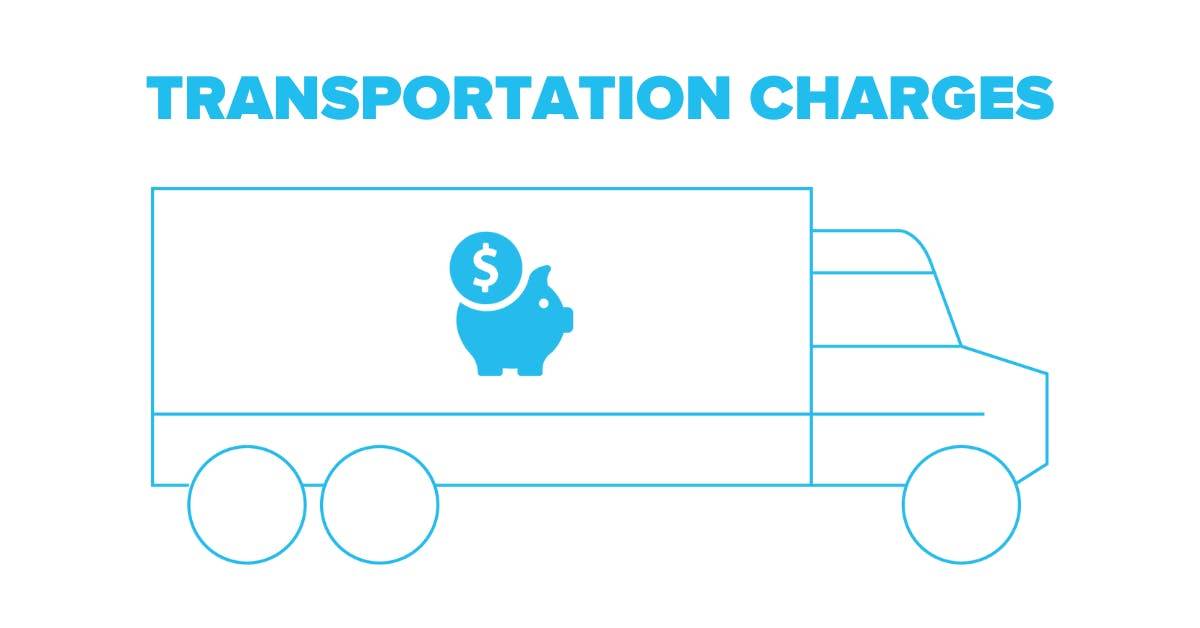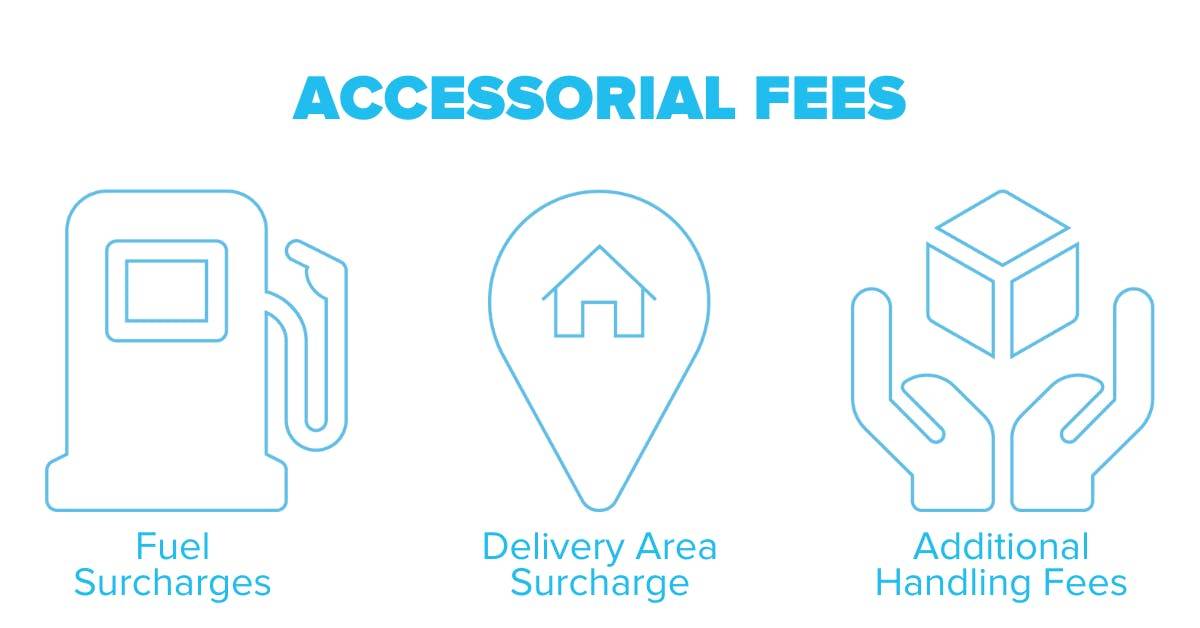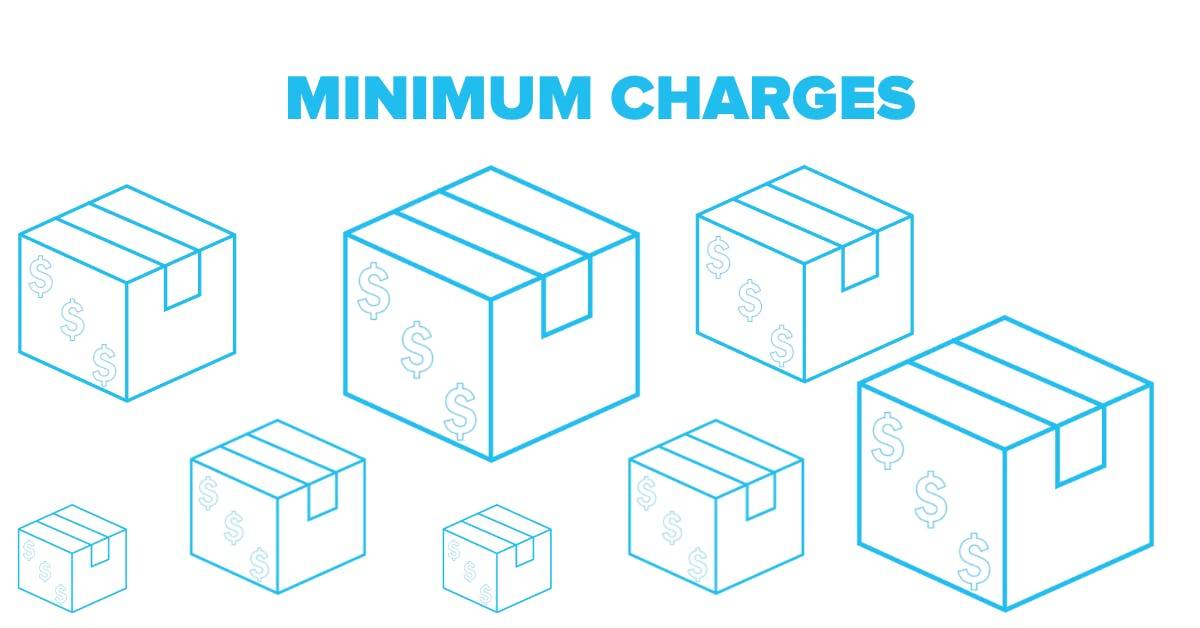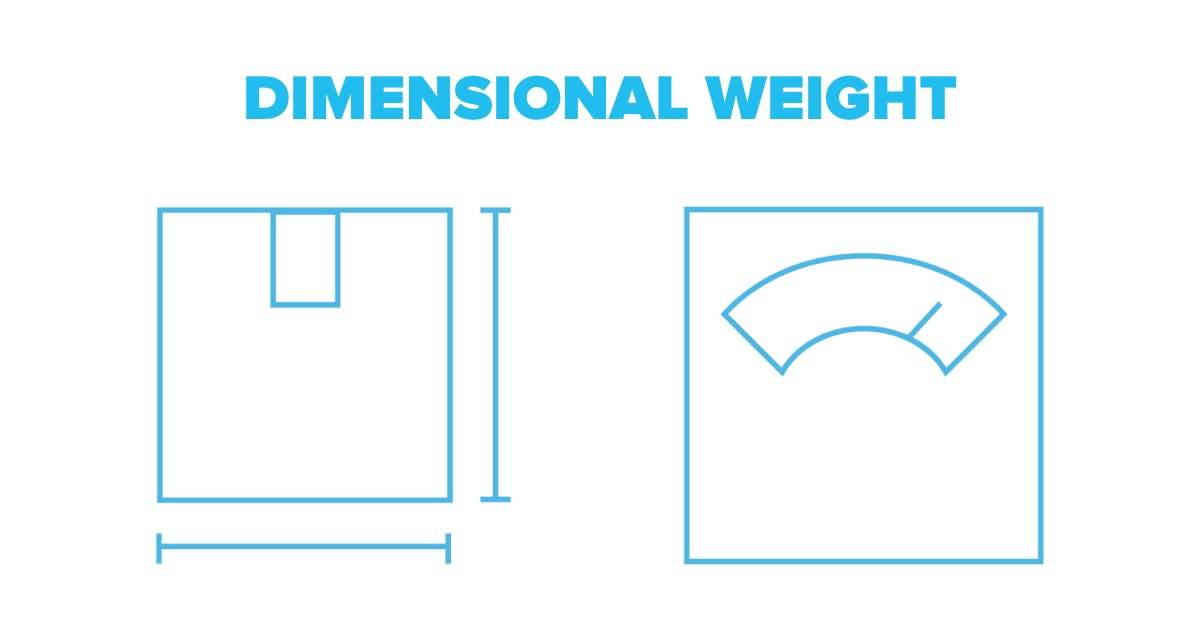UPS and FedEx contracts are complex and confusing. That’s by design. The details of your carrier contract can make a huge difference in your total shipping costs. For most businesses, shipping is one of the biggest expenses. It’s also one of the most challenging to predict and control since the parcel and freight shipping world is an ever-changing landscape with carriers able to add fees and change your costs at will. With shipping rates at an all-time high, too many are unknowingly being overcharged by their carrier.
The secrets behind shipping costs
We’ll uncover a few hard truths about shipping with UPS and FedEx. The reality is the UPS/FedEx duopoly dominates parcel shipping. There are other players in the game like regional carriers, the USPS, and postal consolidators, but the “big two” still dominate the market share for parcel deliveries in the United States (excluding Amazon’s in-house deliveries).
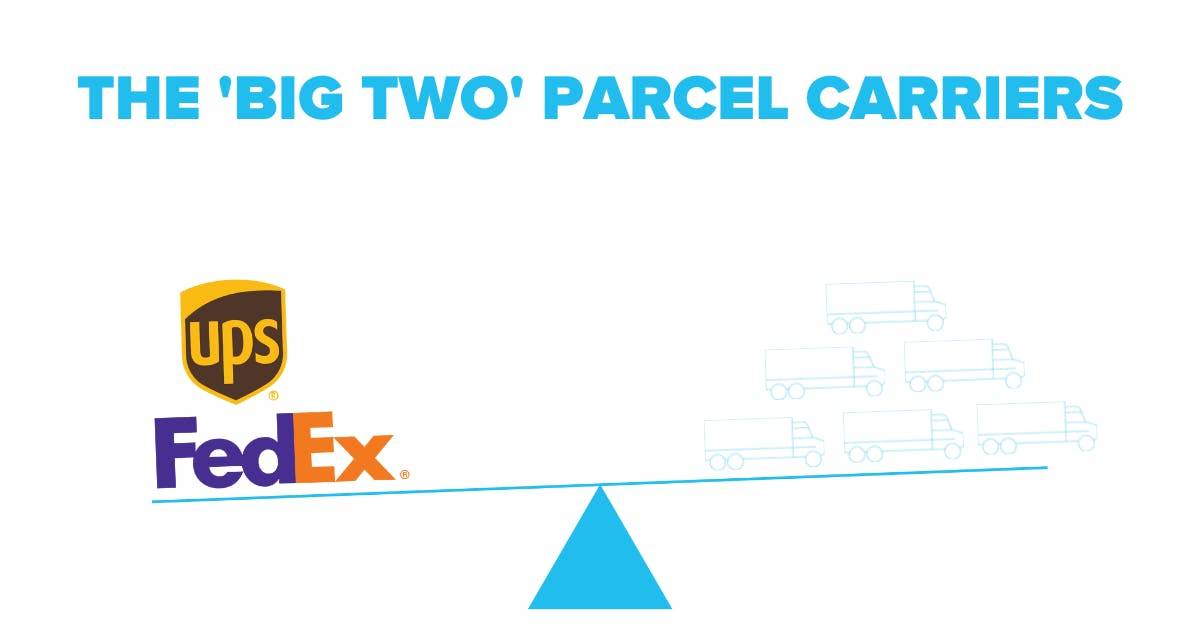
Without competition, there’s no transparency. And without transparency into your shipping data, you lack the visibility and insight necessary to make cost-saving shipping decisions.
There are a few reasons why UPS and FedEx customers are overcharged:
- FedEx and UPS can increase their rates without notice (peak surcharges)
- It’s challenging to understand what your shipping decisions truly cost or save your business. (Are you shipping air packages that could have gone ground with the same delivery speed?)
- Benchmarking carrier pricing is difficult if not impossible
- Carrier contracts include clauses designed to protect their profit and discourage competition (e.g., early termination language, commitment language with penalties, etc.)
So, how can Lojistic help?
Thousands of shippers use Lojistic, a free cost-savings automation and analytics platform that helps control and reduce shipping expenses. The Lojistic platform is free because we want you to understand your shipping challenges before considering how to solve them. Here’s a demo version of the Lojistic platform. With Lojistic, you can quantify your cost reduction opportunities and get access to the information your carrier has been using to maximize their profits.
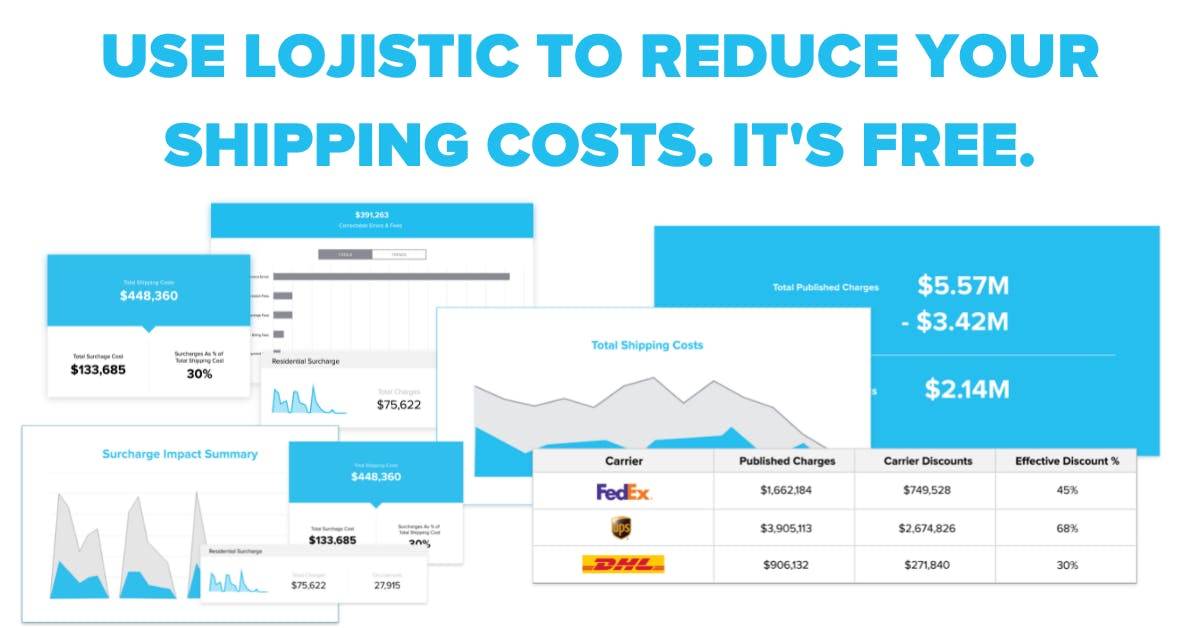
Let’s start with what’s included in your carrier contract. There are four main variables that significantly impact shipping prices. With limited options outside of UPS/FedEx – and because shipping is an essential component to so many businesses – knowing how and where you can reduce your shipping expenses can give you a competitive advantage. You can’t stop shipping products, but you can reduce what you’re paying your carrier.
The four main carrier contract variables:
1. Transportation Charges: These are what every shipper would expect to pay a carrier to deliver their shipment from origin to destination. As most shippers are aware, the carriers increase their base rates every year and recently, dramatically so. Many shippers saw actual increases of 8-12% last year despite the carriers’ announcements of a 5.9% increase. FedEx has already announced 6.9% increases this year, so some shippers can likely expect 9-13% increases depending on their characteristics.
2. Accessorial Charges: Accessorials or surcharges are added charges to a shipment with certain characteristics. The most common accessorials assessed by the carriers are fuel (accessed on basically every package and a major profit center for the carriers), residential, delivery area, and additional handling. Despite announcements of 5.9% or 6.9% increases, the surcharges listed above have generally seen 10-20% increases over the last two years.
3. Minimum Charges: Did you know that FedEx and UPS have minimum charges in place for every shipment sent? Typically, this charge is the 1-pound, lowest zone (e.g., ground zone 2) list rate. So, for a ground shipment with no reduction to the minimum, the least a shipper would pay for a ground shipment in 2022 would be $ 9.36. With FedEx (and likely UPS) in 2023, this will increase to $ 10.10, a 7.9% increase.
4. Dimensional Weight (DIM) Factor: Carriers not only charge for the actual weight of a package , but also for its dimensional weight, if applicable. For 2022, UPS and FedEx use a 139 DIM factor. To determine a package’s dimensional weight, multiply the length, width, and height and divide by 139. If the result is greater than the actual weight of the package, your package will be billed at the new, higher “billed weight.”
It is critical that shippers understand how all four of these variables affect their overall parcel shipping costs and negotiate with the carriers accordingly. Fortunately, almost 100% of a carrier contract is negotiable.
If you’re an e-commerce shipper with lightweight, residential packages, you might want to focus your negotiating capital on reduced minimums and residential surcharges. If you’re shipping larger items that are lightweight in large boxes, the DIM factor and additional handling charges should be the focus.
Deciphering and benchmarking carrier contracts can be a daunting task as carriers are intentional in crafting agreements that are difficult to understand.. Lojistic offers complimentary carrier contract analyses to help shippers better understand how their contract compares to competitors’ and what cost savings are available via direct negotiation.
If you would like a carrier agreement review done by one of our parcel rate services professionals with decades of carrier pricing experience, please reach out to us at hello@lojistic.com.
Create your free Lojistic account. Reduce your shipping costs. It’s free.
The post What To Look for in Your UPS and FedEx Contract appeared first on The RangeMe Blog.
